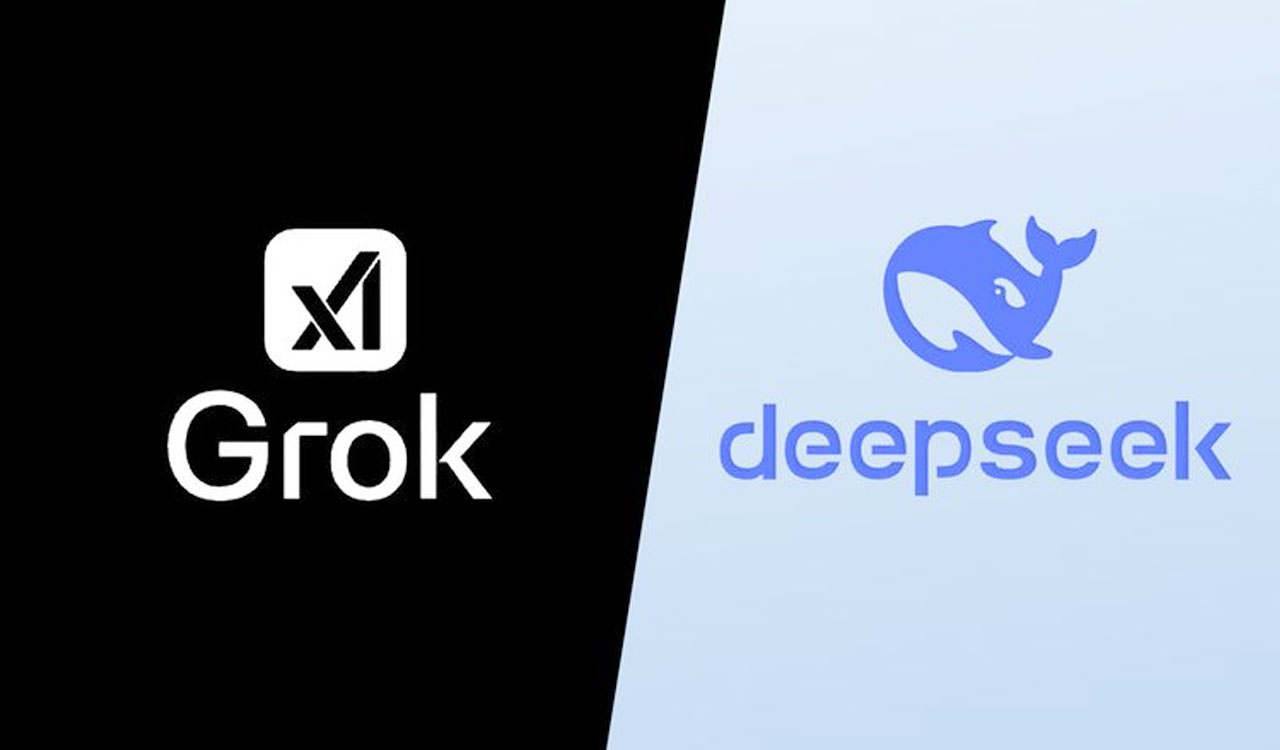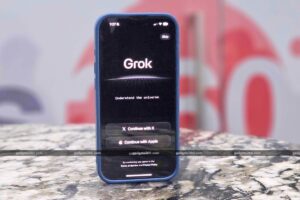Who is Dominating the AI Landscape?

The AI Battle: Grok-3 vs. DeepSeek-R1
Introduction
The competition in the artificial intelligence (AI) sector is intensifying, particularly between Elon Musk’s Grok system and the Chinese model, DeepSeek. Recent findings illustrate the contrasting strategies and results of these two AI giants.
Grok-3: A Powerhouse of Compute
Grok-3 represents a significant advance in AI technology through a brute-force approach, utilizing an impressive 200,000 NVIDIA H100 GPUs. This model is known for its remarkable speed and performance, achieved through sheer computational power. It has been trained on the xAI supercomputer Colossus, leading to incremental performance gains that set it slightly ahead of competitors like DeepSeek-R1, OpenAI’s GPT-01, and Google’s Gemini 2.
Key Characteristics of Grok-3:
- High Computational Power: Leveraging 200,000 GPUs.
- Incremental Gains: Efficiency increases are achieved through sheer scale.
- High Cost of Investment: The extensive GPU resources used indicate a substantial financial commitment.
It’s important to note that this method of scaling up resources is something only the wealthiest tech companies and governments can afford. The model may show minor performance improvements rapidly, but it raises questions about the value of such investments, given the high costs involved.
DeepSeek-R1: The Efficiency Champion
In contrast, DeepSeek-R1 has made headlines with its innovative and efficient approach. Using only 2,000 NVIDIA H800 GPUs, which are a more affordable alternative to the H100, DeepSeek-R1 achieves performance metrics similar to those of top-tier models. This efficiency highlights that significant advancements can be made without exorbitant resources.
Key Features of DeepSeek-R1:
- Resource Efficiency: Achieves elite performance with a fraction of the hardware.
- Innovative Techniques: Utilizes methods like Mixture-of-Experts (MoE) and reinforcement learning.
- Open-Source Approach: The DeepSeek team has opted to open-source its flagship reasoning model, making it accessible for global improvements.
These characteristics not only emphasize the potential of algorithmic innovation but also showcase an effective usage of quality over quantity when it comes to resources.
Performance Comparison and Analysis
While Grok-3 utilizes massive computational resources, DeepSeek-R1 demonstrates that efficiency can rival brute force. This efficiency leads to diminishing returns on investment for Grok-3. Users often find that increased computational power doesn’t correspond to a meaningful increase in operational benefits.
Highlights of the Performance Comparison:
Grok-3:
- Benefits from enormous computational capabilities.
- Slightly outperforms some leading AI models, but at a high cost.
- The approach may not always translate into practical benefits for everyday users.
- DeepSeek-R1:
- Manages to perform comparably well with significantly fewer resources.
- Focuses on leveraging high-quality data and advanced algorithms for reasoning.
- Represents a model for sustainable development in AI technology.
Takeaways on AI Development Strategies
The contrasting strategies of Grok-3 and DeepSeek-R1 offer valuable insights into the future of AI development. Grok-3 illustrates the potential and limitations of ramping up hardware resources, while DeepSeek-R1 highlights how smart techniques can yield impressive results at a lower cost.
Overall, the current AI landscape is shaped not just by the technology available but also the creativity and methods employed in achieving performance goals. As the competition heats up, both strategies will likely shape the industry in the years to come.





